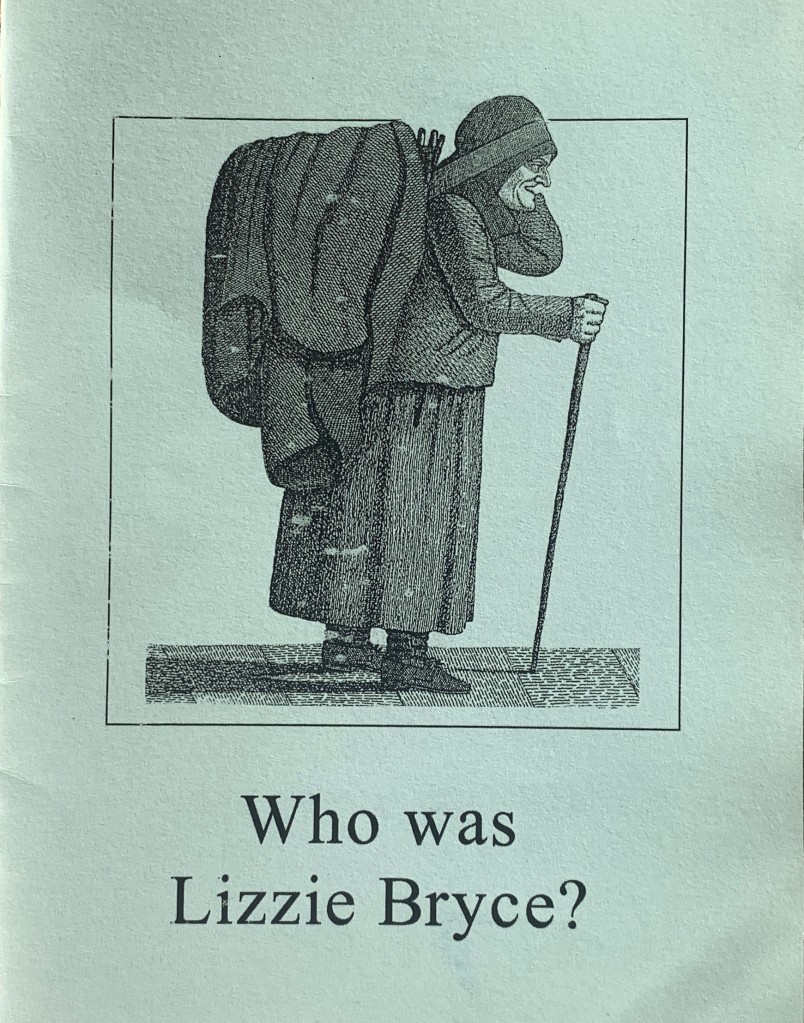
Wheat Field with Cypresses, Saint-Remy, Oil on Canvas, 1889
Vincent Van Gogh, that glorious nutter, was born on this day in 1853. He died at the age of 37 after a short life filled with genius and despair.
Some years ago I read Martin Gayford’s book The Yellow House: Van Gogh, Gauguin, and Nine Turbulent Weeks in Provence. This excellent work uses old letters to reconstruct the few months Van Gogh spent living and working with Paul Gauguin in a house in Arles. I was left with the overriding feeling that Van Gogh wanted nothing more in life than to be loved and understood.
 Vincent invited Gauguin to stay because he deeply admired the older man’s work and imagined he could learn much from him. In preparation for Gaugin’s arrival at the Yellow House, Vincent painted his iconic Sunflowers series just to decorate the walls of Gauguin’s room! But Van Gogh’s mental illness made him erratic and volatile and his dreams of founding a collaborative artistic commune with Gauguin rapidly fell apart.
Vincent invited Gauguin to stay because he deeply admired the older man’s work and imagined he could learn much from him. In preparation for Gaugin’s arrival at the Yellow House, Vincent painted his iconic Sunflowers series just to decorate the walls of Gauguin’s room! But Van Gogh’s mental illness made him erratic and volatile and his dreams of founding a collaborative artistic commune with Gauguin rapidly fell apart.
The wonderful painting above – Wheat Field with Cypresses – was made during Van Gogh’s time at Saint-Paul Asylum in Saint-Rémy-de-Provence. I’ve visited this beautiful town a few times. It really is surrounded by those distinctive hills that Van Gogh reproduced so perfectly in his work.
I love those places, Arles and Saint-Rémy, but their beauty is tinged by thoughts of poor Vincent and his sufferings. I feel the same way about his wonderful, vibrant, disturbed and magnificent paintings.




 Vincent invited Gauguin to stay because he deeply admired his work and imagined he could learn much from the older man. In preparation for Gaugin’s arrival at the Yellow House, Vincent painted his iconic Sunflowers series just to decorate the walls of Gauguin’s room!
Vincent invited Gauguin to stay because he deeply admired his work and imagined he could learn much from the older man. In preparation for Gaugin’s arrival at the Yellow House, Vincent painted his iconic Sunflowers series just to decorate the walls of Gauguin’s room! 


